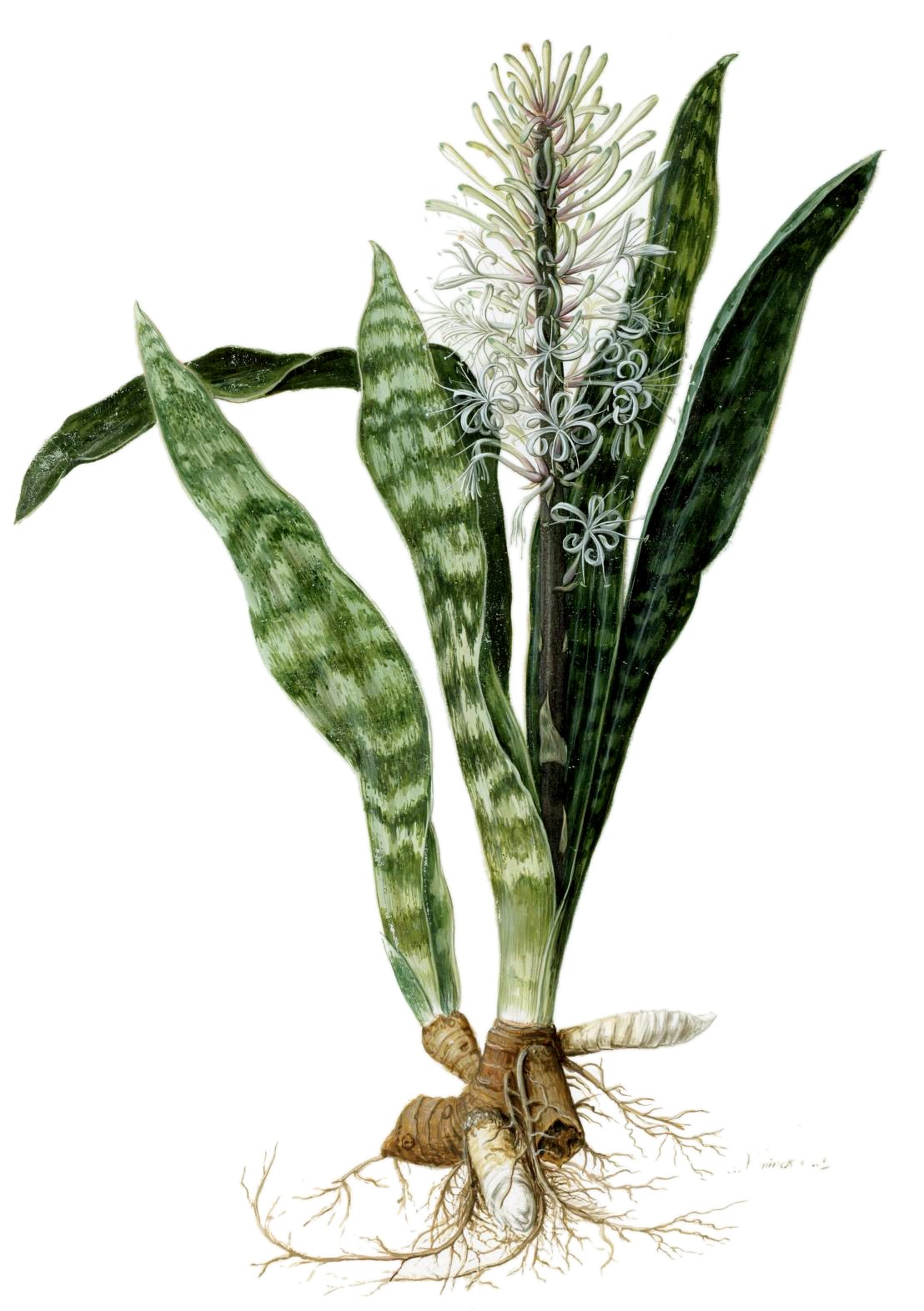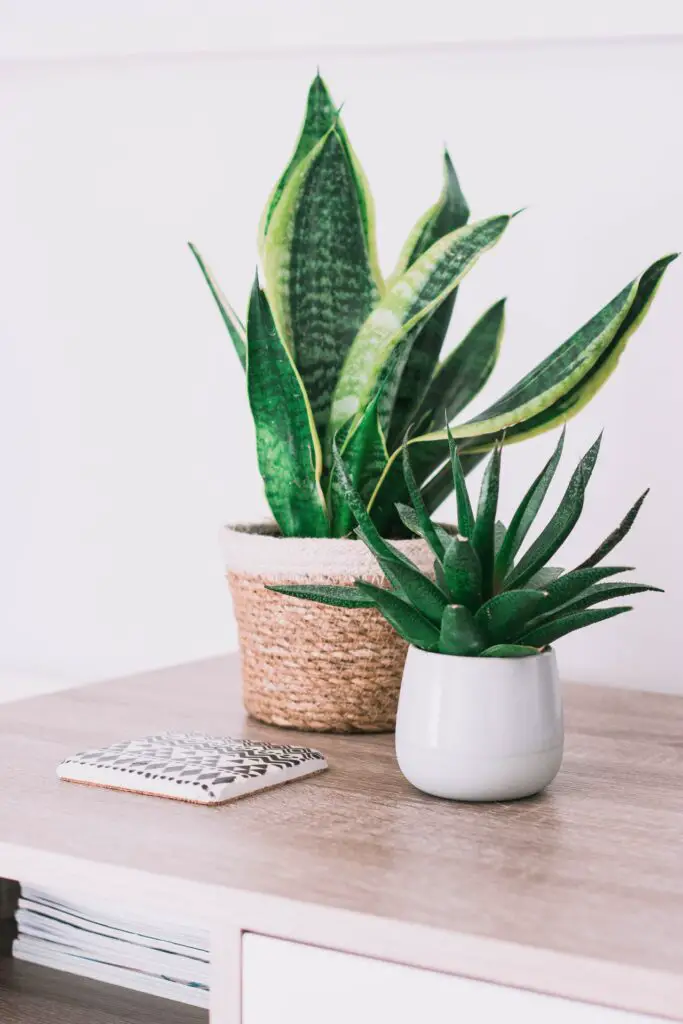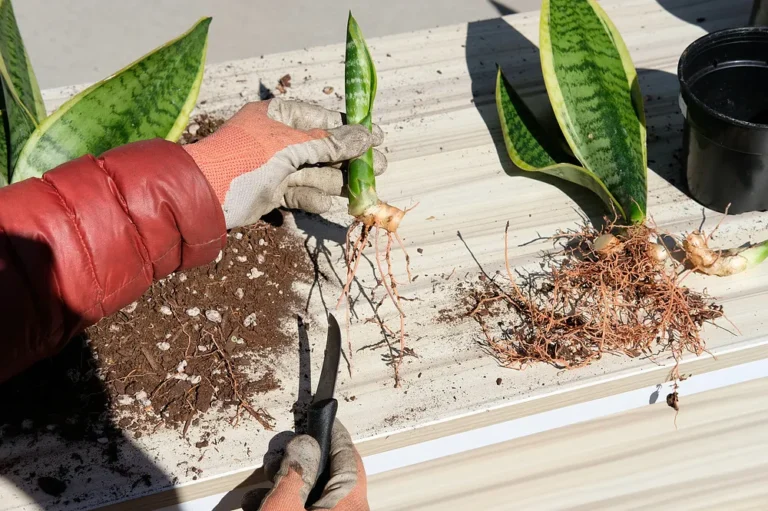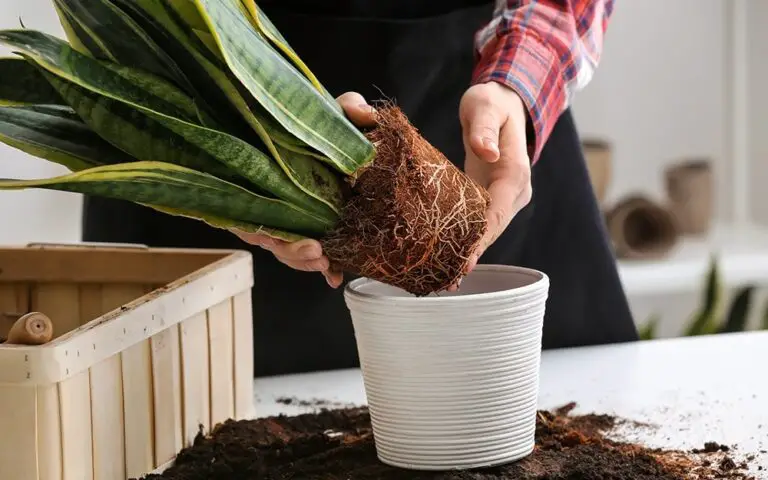Sansevieria Hyacinthoides

Also Known As
At A Glance
Features
Origin
Sansevieria Hyacinthoides is regarded as a weed. It is native to east, central and southern Africa. It is particularly found in Kenya, Malawi, Mozambique, Namibia, South Africa, Tanzania, Zambia and Zimbabwe.
Size
The plant can grow up to 2-4 feet (60-120 cm) in height and has a narrow spread. However, when grown outside, the plant can reproduce and multiply. Individual leaves are about 3 inches (8 cm) wide in the middle. The flower stalk can grow over 2 feet long.
Foliage
The plant has flat, succulent and fibrous leaves. They are long, sword-shaped and grow upright. The foliage has olive green color and is mottled with whitish green specks. The tough, leathery leaves have fine reddish margins. They are loosely clustered and grow directly from the underground rhizomes. There are channels at the lower ends of the leaves.
Flower
The plant can bloom once a year, normally in the early summer. It produces a tall flower spike on which small, tubular flowers appear in clusters. The flowers are creamy white or greenish white to pale mauve in color. Their fragrance can attract birds and insects to your garden. The fruit are small round orange berries.
Toxicity
Although the plant has medicinal uses when applied topically, it isn't proved safe to ingest. Like most Sansevieria, the plant contains a toxin called Saponin. Consuming the plant in large amounts can cause nausea, vomiting, drooling and diarrhea. Keep away from children and pets.
Growth Season
Warmer climates are great for plant growth. Although S. Hyacinthoides is an evergreen plant, it actively grows during the spring and summer seasons. During the winter, Sansevieria plants are in a dormant state. They require less water and nutrients in this period.
Pests
Sansevieria plants are very tough and generally less likely to get infested by pests and diseases. A potential pest for this variety is Agave weevil. If detected early, most pest infestations can be controlled. To prevent your plants from getting sick, follow a good watering schedule and expose them to bright light.
Propagation
New plants can be created from seeds, cuttings or by division of large clumps. Leaf cuttings and root division are popular and reliable methods. To propagate your plant from cuttings, take a healthy plant leaf and cut into 3-4 inches long sections. Plant these cuttings in porous moist soil bottom-side down. After a couple of months, roots and rhizomes will generate on the cut end.
Growing Conditions
Water
This drought-tolerant plant can't handle overwatering. Watering once every other week in the growing season, and once a month during winters seems to be enough in most cases. However, it depends on many other factors like light, temperature and soil. The best way to confirm is to see if the top inch of soil is dry. If the soil feels dry to touch, it's watering time. Water the plants deeply and let all excess water drain away.
Light
Ideal light condition for S. Hyacinthoides is moderate to bright indirect sunlight. However, it can also adjust to low light conditions and full sun. Some good places to place your plant are behind a sunny window covered by sheer curtains, outside in shaded or semi-shaded areas. Avoid extreme lighting situations like too dark corners and harsh afternoon sun.
Soil
Because snake plants are more prone to overwatering and root rot, it is necessary to have good drainage. Coarse and fast-draining soil mix is best suitable for this plant. It will prevent the soil from getting water-logged and causing rot or fungus. Add some pumice, perlite, coir etc. in your soil to improve its draining capacity.
Environment
The plant is well suited for indoors as well as outdoors. An ideal temperature is anywhere between 60-85°F (15-29°C). S. Hyacinthoides has an excellent heat tolerance but it can't handle extreme low temperatures. Exposing the plant to lower than 40°F (4°C) may cause leaf damage.


